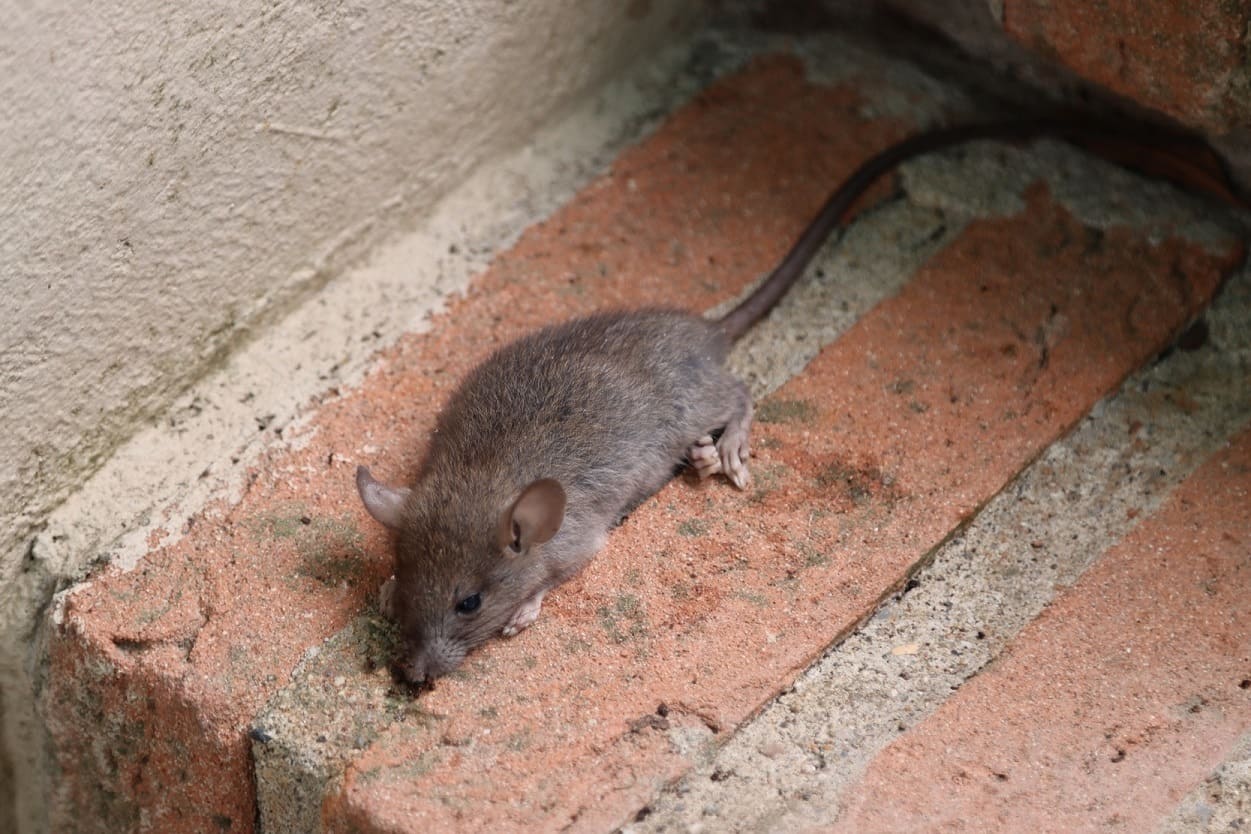

Articles
How To Get Rid Of Mice In Basement
Modified: January 18, 2024
Looking for effective ways to eliminate mice in your basement? Check out these informative articles for step-by-step instructions and expert advice.
(Many of the links in this article redirect to a specific reviewed product. Your purchase of these products through affiliate links helps to generate commission for Storables.com, at no extra cost. Learn more)
Introduction
Welcome to our comprehensive guide on how to get rid of mice in the basement. Dealing with a mouse infestation can be a frustrating and unsettling experience, especially when it occurs in the basement, as this area often provides an ideal environment for mice to thrive. Not only can mice cause damage to your belongings and the structure of your home, but they can also pose health risks by spreading diseases through their droppings and urine.
In this article, we will walk you through the steps to effectively eliminate mice from your basement and help you regain control of your space. We will cover various methods, including both DIY approaches and professional interventions, to ensure that you have all the information you need to handle the problem successfully.
Before we dive into the specifics, it’s important to understand that preventing a mouse infestation in the first place is the best strategy. However, if you already have mice in your basement, don’t worry – we have you covered. Keep reading to find the solutions that work best for you.
Remember, each situation is unique, and the effectiveness of the methods may vary depending on the severity of the infestation and the layout of your basement. It’s essential to be patient, persistent, and thorough in your efforts to eliminate mice from your basement.
Now, let’s explore how to assess the problem and take the necessary steps to get rid of mice in your basement.
Key Takeaways:
- Don’t let mice take over your basement. Use a combination of traps, bait stations, and natural remedies to eliminate them effectively and prevent future infestations.
- When dealing with a severe infestation, consider seeking professional help to address the problem and implement long-term solutions.
Read more: How Do Mice Get Into Basement
Understanding the Problem
Before you can effectively tackle a mouse infestation in your basement, it’s crucial to understand the behavior of mice and why they are drawn to this area in the first place.
Mice are small rodents that have an incredible ability to squeeze through tiny openings, making it easy for them to access your basement. They are primarily attracted to basements because of the abundance of food, water, and shelter they can find there. Mice are particularly fond of dark and secluded spaces, which makes the basement an appealing environment for them to establish their nests.
The presence of mice in your basement can lead to several problems. Apart from the fear and disgust they can cause, mice are known carriers of diseases such as Hantavirus, Salmonellosis, and Leptospirosis. They can also chew through stored items, furniture, and electrical wiring, causing damage to your property and creating potential fire hazards.
When dealing with a mouse infestation, it’s essential to be proactive and take immediate action. Ignoring the problem will only allow the mice to multiply and worsen the situation. Keep in mind that mice breed rapidly, with a single female capable of producing dozens of offspring each year.
Now that you have a basic understanding of the problem, let’s move on to the next step: assessing the infestation in your basement.
Assessing the Infestation
Assessing the extent of the mouse infestation in your basement is crucial for determining the appropriate course of action. By understanding the severity of the problem, you can better allocate resources and choose the most effective methods to eliminate the mice.
Here are a few key steps to follow when assessing the infestation:
- Inspect your basement: Start by thoroughly inspecting your basement for any signs of mice. Look for droppings, gnaw marks on furniture or walls, nests made out of shredded materials, and tracks left behind by the mice.
- Identify entry points: Determine how the mice are gaining access to your basement. Inspect the foundation, windows, doors, vents, and any other potential entry points. Mice can squeeze through very small openings, so be diligent in your search.
- Check for additional infested areas: While the mice may be primarily inhabiting your basement, it’s essential to check other areas of your home as well. Mice are known to explore and can easily move from one part of your house to another.
- Take note of the activity: Pay attention to when and where you spot the mice. Note the locations of their nests, their movement patterns, and any areas of high activity. This information will help you strategically place traps and bait stations.
By conducting a thorough assessment, you will have a clearer understanding of the extent of the infestation and be better prepared to proceed with the necessary steps to eradicate the mice from your basement. Remember to document your findings, as this will aid in tracking your progress and determining the effectiveness of your chosen methods.
Now that you have assessed the infestation, it’s time to move on to the proactive measures you can take to block the entry points and prevent further mouse infiltration.
Blocking Entry Points
Blocking entry points is a crucial step in preventing mice from entering your basement. Mice are adept at finding small openings and gaps in your home’s exterior, allowing them easy access to your living space. By sealing these entry points, you can significantly reduce the chances of them infiltrating your basement.
Here are some effective methods to block the entry points:
- Inspect and seal cracks and gaps: Carefully examine the foundation, walls, windows, and doors for any cracks or gaps that mice could use as entry points. Use a high-quality caulk or sealant to fill in these openings. Pay attention to areas where utility lines or pipes enter your basement, as mice can exploit these as well.
- Install door sweeps: Place door sweeps at the bottom of doors leading to your basement to create a tight seal. Mice have a remarkable ability to squeeze through even the tiniest gaps, so a proper door sweep is essential to block their entry.
- Repair damaged screens: Inspect your window screens and repair any tears or holes. Mice can easily fit through these openings, so ensuring that your windows are secure is vital.
- Cover vents and chimneys: Mice can enter your basement through vents or chimneys, so it’s important to install mesh screens or covers to prevent their entry. These screens should have small enough openings to keep mice out while still allowing for proper airflow.
- Secure utility openings: Seal any gaps around utility openings, such as where pipes or electrical wires penetrate the walls. Use steel wool or expanding foam to fill in these areas, as mice cannot chew through these materials.
- Trim vegetation: Trim any branches or shrubs that are touching your home’s exterior. Mice can use these as bridges to gain access to your basement, so keeping them clear and away from your home’s foundation is important.
By blocking entry points, you create a strong barrier that significantly reduces the risk of mice entering your basement. However, keep in mind that mice are persistent creatures and may find new ways to get in if you’re not thorough. Regular inspections and maintenance are crucial for keeping them out for good.
Now that you’ve fortified your basement from future intruders, it’s time to move on to the next step: setting traps to catch existing mice in your basement.
Setting Traps
Setting traps is one of the most effective methods for capturing existing mice in your basement. There are various types of traps available, each with its own advantages and disadvantages. When choosing traps, consider factors such as effectiveness, safety, and ease of use.
Here are a few commonly used traps for catching mice:
- Snap Traps: Snap traps are classic and highly effective in capturing mice. These traps have a spring-loaded mechanism that snaps shut when a mouse triggers it. Place snap traps along walls or in areas where you’ve noticed mouse activity, baited with peanut butter, cheese, or another enticing food item.
- Glue Traps: Glue traps consist of a sticky surface that mice get stuck on when they come into contact with it. Place these traps in areas of high mouse activity, such as along their travel paths or near their nests. To increase the effectiveness, you can apply a small amount of bait, such as a nut or dried fruit, in the center of the glue trap.
- Live Traps: Live traps are a humane option for catching mice, allowing you to release them outdoors far away from your home. These traps use a one-way entry mechanism that captures the mouse inside without causing harm. Once trapped, check the traps regularly and release the mice in a suitable location far from your property.
- Multiple-Catch Traps: Multiple-catch traps are designed to catch multiple mice at once. These traps typically have a one-way entry and a compartment where captured mice are held until they can be released. Place these traps strategically in areas of high mouse activity for maximum effectiveness.
When setting traps, consider the following tips for optimal results:
- Place traps perpendicular to the wall, as mice generally travel along the baseboards.
- Position traps in areas where you’ve noticed mouse droppings or gnaw marks.
- Use gloves when handling traps to minimize your scent and increase the chances of mice approaching them.
- Regularly check the traps and dispose of captured mice promptly.
Remember to exercise caution when handling traps, especially snap traps, to avoid injuring yourself. Additionally, ensure that traps are inaccessible to children and pets to prevent any accidents.
Now that you have set traps to catch the existing mice in your basement, let’s explore another method to tackle the infestation: using bait stations.
Seal any cracks or holes in the basement to prevent mice from entering. Keep the area clean and free of food sources, and set traps or use bait stations to catch and eliminate any existing mice.
Read more: How To Get Rid Mice In Chimney
Using Bait Stations
Bait stations are another effective method for eliminating mice in your basement. These stations provide a controlled and safe environment for mice to consume bait, which is designed to attract and kill them. Bait stations are particularly useful when there are concerns about children or pets accessing the bait.
Here’s how you can effectively use bait stations:
- Choose the right bait: Select a suitable bait that is highly appealing to mice. Common baits include peanut butter, chocolate, or specially formulated commercial baits available in the market. Rotate the bait options to keep the mice interested.
- Place bait stations strategically: Set up bait stations in areas where you’ve observed mouse activity or along their travel routes. Place them against walls, in corners, or near potential entry points where mice are likely to encounter them.
- Monitor and replenish bait: Regularly check the bait stations to ensure that the bait remains fresh and attractive. Monitor the stations for any signs of mouse activity, such as consumed bait or droppings. Replenish the bait as needed to maintain the effectiveness of the stations.
- Dispose of dead mice: If mice consume the bait and die inside the bait station, follow the manufacturer’s instructions on safely disposing of the dead rodents. Wear gloves and use proper sanitation practices to avoid any potential health risks.
- Keep bait stations secure: Place bait stations in locations that are inaccessible to children and pets. The stations should be designed to prevent unintended access and tampering, ensuring the safety of your household members while effectively controlling the mouse population in your basement.
Bait stations are a discreet and targeted method to eliminate mice in your basement. They provide a contained environment where mice can safely consume the bait, reducing the risk of accidental poisoning and minimizing the impact on non-target species.
However, it’s important to note that bait stations may take some time to fully eradicate the mouse population. Mice can be cautious creatures, so consistent monitoring and bait replenishment are crucial for successful results.
Now that you’ve learned about bait stations, let’s explore natural remedies that can complement your efforts in getting rid of mice in your basement.
Employing Natural Remedies
If you prefer to take a more natural approach to eliminate mice in your basement, there are several remedies that can be effective and environmentally friendly. These natural methods can help deter mice from entering your basement or encourage them to leave on their own.
Here are a few natural remedies you can employ:
- Mint leaves or peppermint oil: Mice are known to dislike the smell of mint. Place mint leaves or soak cotton balls in peppermint oil and distribute them around your basement. The strong scent may deter mice from entering or encourage them to leave.
- Ultrasonic repellents: Ultrasonic devices emit high-frequency sounds that are unpleasant to mice. These devices can be plugged into electrical outlets and help deter mice from your basement. However, it’s important to note that the effectiveness of ultrasonic repellents can vary, and some studies suggest that mice may eventually become accustomed to the sound.
- Natural predators: If you’re comfortable with the idea, having a natural predator around, such as a cat, can help keep mice away. The presence and scent of a predator can act as a deterrent and discourage mice from entering your basement.
- Sealing with steel wool: As an additional measure, use steel wool to plug any larger gaps or openings that mice could enter through. Mice are unable to chew through steel wool, making it an effective barrier.
- Keeping a clean environment: Regularly clean your basement, ensuring that food and crumbs are properly stored and surfaces are wiped down. Mice are attracted to the scent of food, so a clean environment is less appealing and may discourage them from taking up residence.
- Removing potential nesting materials: Clear away any potential nesting materials in your basement, such as paper, cardboard, or fabric scraps. By removing these materials, you eliminate cozy spots for mice to build their nests.
While natural remedies can be helpful in deterring mice, it’s important to note that they may not provide a complete solution, especially if you already have an established infestation. Natural methods are best used as a supplement to trapping and blocking entry points.
Continue to monitor the situation and combine natural remedies with other tactics to effectively address the mouse infestation in your basement.
Now, let’s discuss when it might be necessary to seek professional help to tackle the mouse problem in your basement.
Calling Professional Help
If your efforts to eliminate mice from your basement have been unsuccessful or if the infestation is severe, it may be time to consider calling professional help. Pest control professionals have the expertise, experience, and tools to effectively address mouse infestations and ensure long-term eradication.
Here are some reasons why it may be beneficial to call professional help:
- Expertise and knowledge: Pest control professionals are trained to handle various types of pest infestations, including mice. They have the knowledge and expertise to accurately assess the situation, identify entry points, and implement the most effective treatment methods.
- Integrated pest management: Professionals often use an integrated pest management (IPM) approach, which focuses on long-term prevention and eco-friendly solutions. They will not only address the existing infestation but also provide recommendations for ongoing prevention and maintenance.
- Safe and effective treatments: Professionals have access to specialized equipment and treatments that may not be readily available to the general public. Their treatments are designed to effectively eradicate the mouse population while minimizing any potential risks to your health and the environment.
- Time and convenience: Dealing with a mouse infestation can be time-consuming, especially if you’ve tried various methods without success. Calling professional help saves you time and effort, allowing you to focus on other important tasks while leaving the job to the experts.
- Peace of mind: Hiring professionals provides peace of mind that the problem is being handled by trained individuals. They can offer guidance, answer any questions you may have, and provide follow-up services to ensure the infestation is fully resolved.
When seeking professional help, be sure to choose a reputable pest control company with experience in dealing with mouse infestations. Check reviews, obtain multiple quotes, and ask for references if needed.
Remember that professional pest control services come at a cost, so weigh the severity of the infestation, your ability to handle the problem on your own, and your budget when deciding whether to call for professional assistance.
Now that you’re aware of when to consider professional help, let’s explore preventive measures to ensure future infestations are avoided.
Preventing Future Infestations
Once you have successfully eliminated mice from your basement, it’s essential to implement preventive measures to ensure that future infestations are avoided. By taking proactive steps to make your basement less attractive to mice and sealing potential entry points, you can significantly reduce the risk of a recurring problem.
Here are some preventive measures to consider:
- Maintain cleanliness: Keep your basement clean and free of food crumbs, spills, and clutter. Regularly sweep and mop the floors and wipe down surfaces to remove any traces of food that may attract mice.
- Store food properly: Store food items, including pet food, in airtight containers made of glass or heavy-duty plastic. This prevents mice from accessing and contaminating your food supply.
- Seal entry points: Inspect your basement for any gaps or cracks in the walls, foundation, windows, and doors. Use caulk, sealant, or weatherstripping to seal these entry points and prevent mice from entering your basement.
- Maintain proper ventilation: Ensure that your basement has proper ventilation to minimize moisture buildup. Excess moisture attracts mice and other pests, so use dehumidifiers if necessary and fix any plumbing leaks promptly.
- Trim vegetation: Keep vegetation trimmed and away from the exterior walls of your home. Overgrown bushes or tree branches can provide mice with easy access to your basement, so maintaining a clear space acts as a deterrent.
- Regularly inspect and monitor: Conduct regular inspections of your basement to check for any signs of mouse activity, such as droppings, gnaw marks, or nests. If you notice any potential issues, address them promptly to prevent a full-blown infestation.
- Consider ongoing pest control: Discuss options with a pest control professional for regular monitoring and preventive treatments. Professionals can provide scheduled visits to assess and address any emerging pest issues in your basement.
By following these preventive measures, you can significantly reduce the likelihood of future mouse infestations in your basement. Remember that consistency and vigilance are key to maintaining a pest-free environment.
Now that you are equipped with preventive measures, it’s time to wrap up this comprehensive guide on getting rid of mice in your basement.
Read more: How To Get Rid Of Mice In The Ceiling
Conclusion
Dealing with a mouse infestation in your basement can be a challenging and frustrating experience. However, by following the steps outlined in this comprehensive guide, you can effectively eliminate mice and prevent future infestations.
We began by understanding the nature of the problem and the reasons why mice are drawn to basements. Assessing the infestation allowed you to evaluate the severity of the problem and identify potential entry points for the mice.
Blocking entry points, such as sealing cracks and gaps, is an essential step in preventing mice from entering your basement. By creating a strong barrier, you reduce the chances of their infiltration.
Setting traps and using bait stations are effective methods to capture existing mice in your basement. Choose the right type of traps and strategically place them to maximize their effectiveness. Bait stations provide a controlled environment for mice to consume bait and can be particularly useful when safety is a concern.
For those who prefer a more natural approach, employing mint leaves or ultrasonic repellents can help deter mice from entering your basement. Additionally, maintaining cleanliness, sealing with steel wool, and removing potential nesting materials are natural preventive measures to consider.
If your efforts have been unsuccessful or the infestation is severe, calling professional help is a viable option. Pest control professionals have the expertise, knowledge, and tools to address the problem effectively and provide long-term solutions.
Finally, implementing preventive measures is crucial to avoid future infestations. Regular inspections, proper cleaning, sealing entry points, and considering ongoing pest control can significantly reduce the risk of mice returning to your basement.
Remember, each situation is unique, and it may take time and persistence to completely eliminate mice from your basement. Stay patient, be thorough, and don’t hesitate to seek professional assistance if needed.
With the information and strategies provided in this guide, you are now equipped to tackle the challenge of getting rid of mice in your basement. Take action, reclaim your space, and enjoy a mouse-free environment once again.
Frequently Asked Questions about How To Get Rid Of Mice In Basement
Was this page helpful?
At Storables.com, we guarantee accurate and reliable information. Our content, validated by Expert Board Contributors, is crafted following stringent Editorial Policies. We're committed to providing you with well-researched, expert-backed insights for all your informational needs.
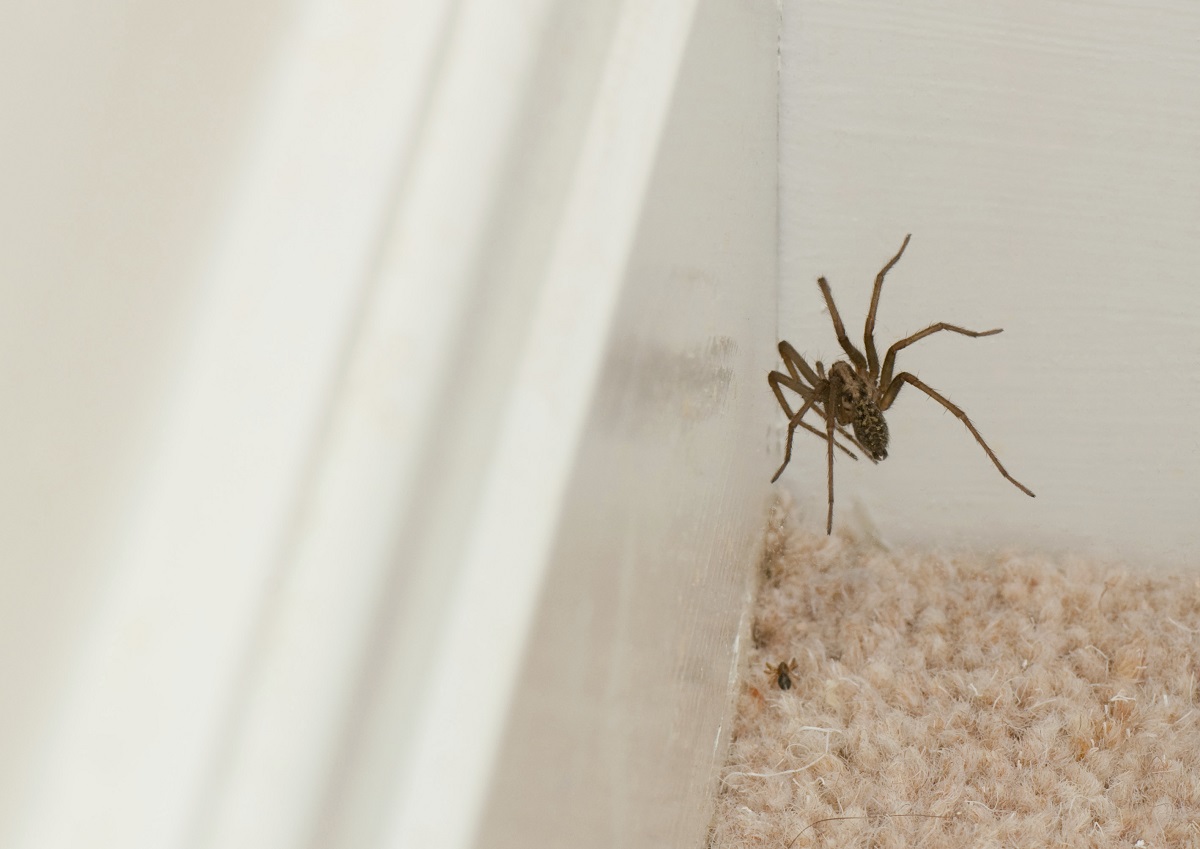
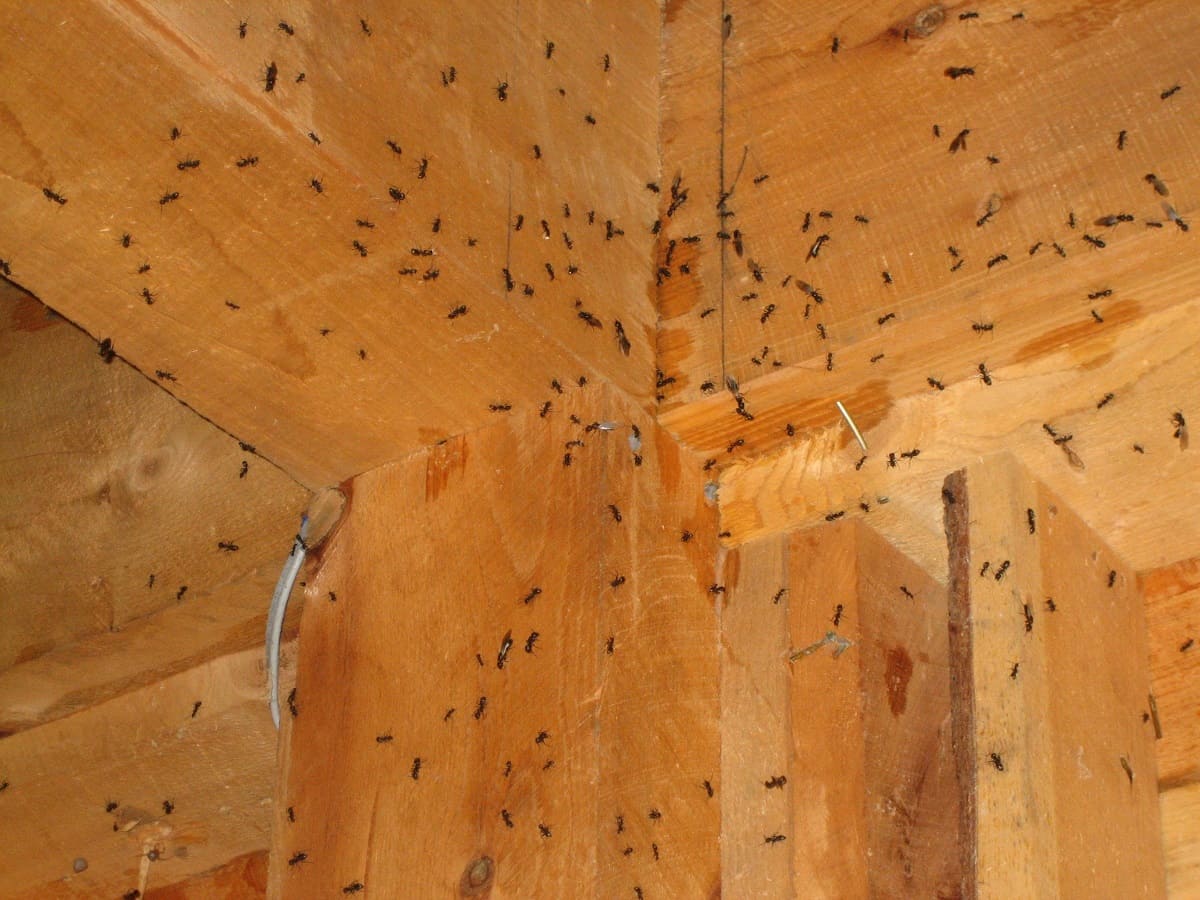
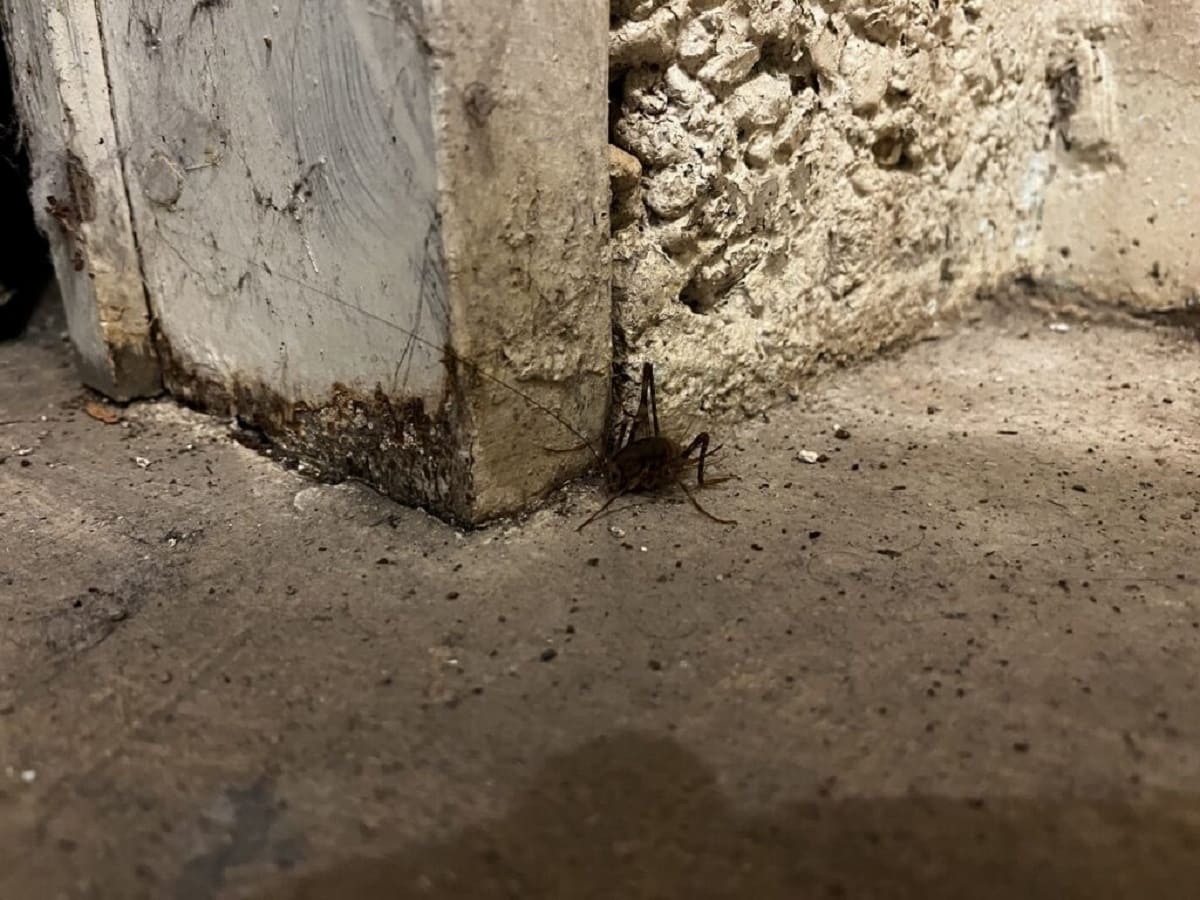
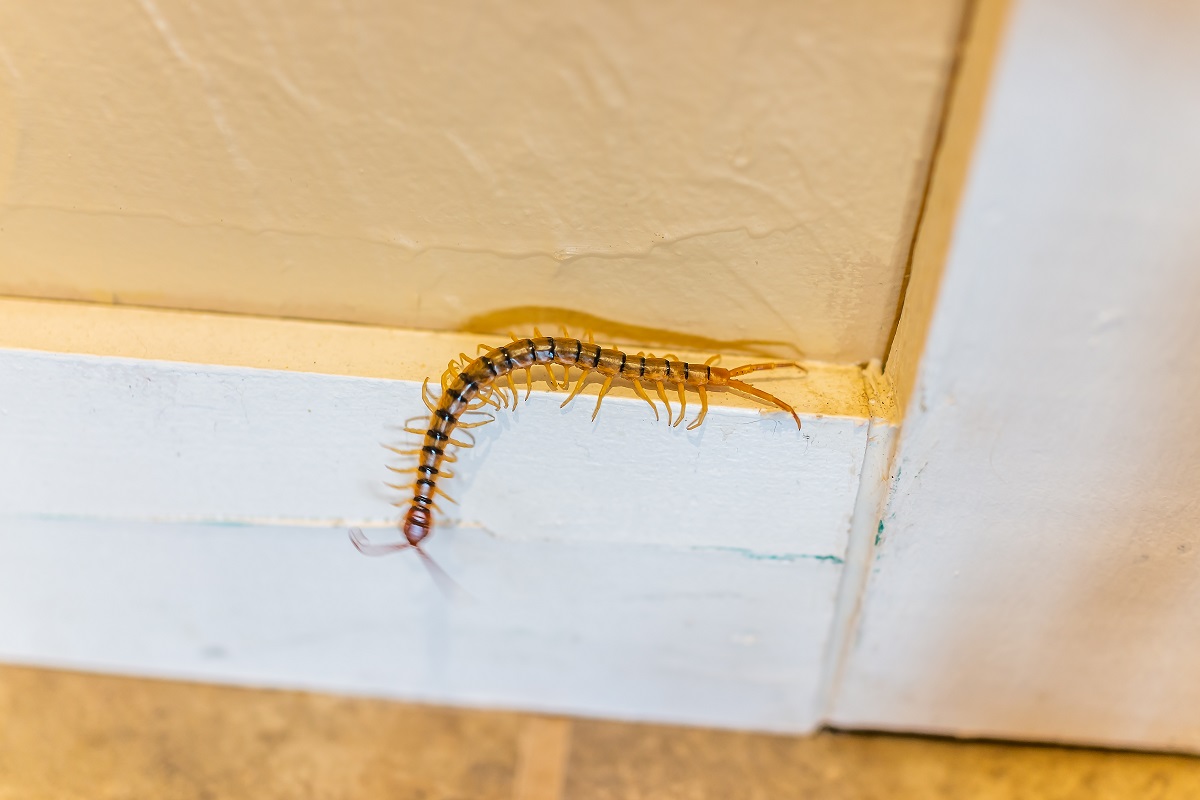
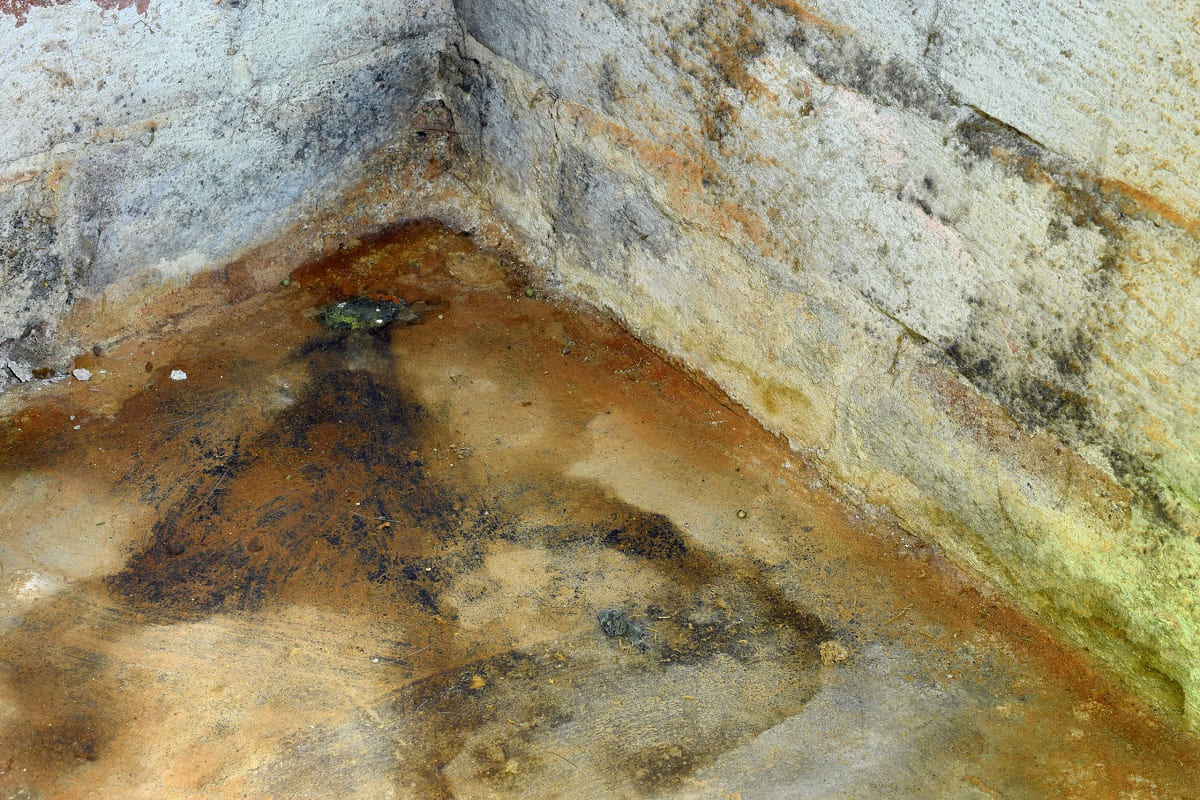
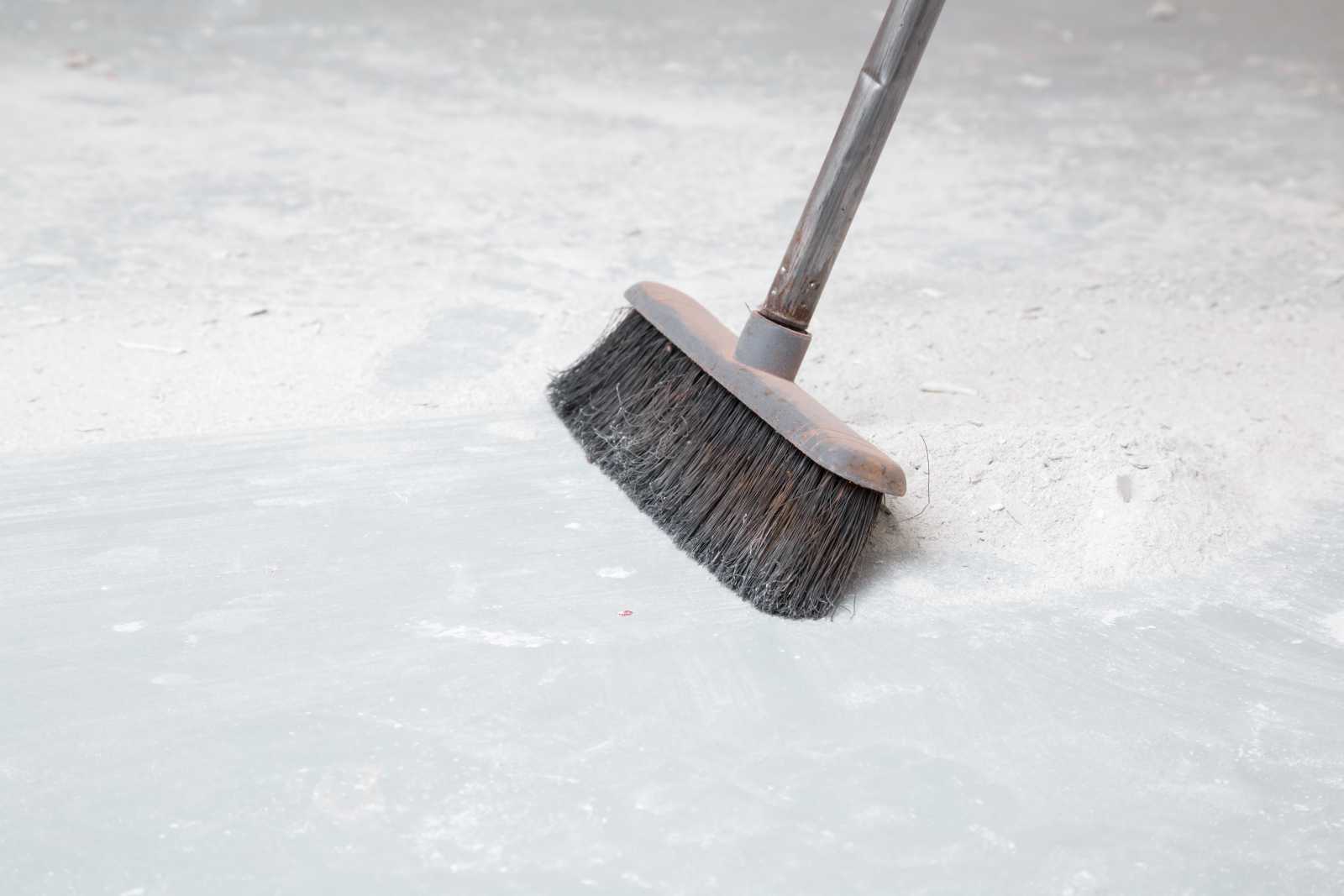

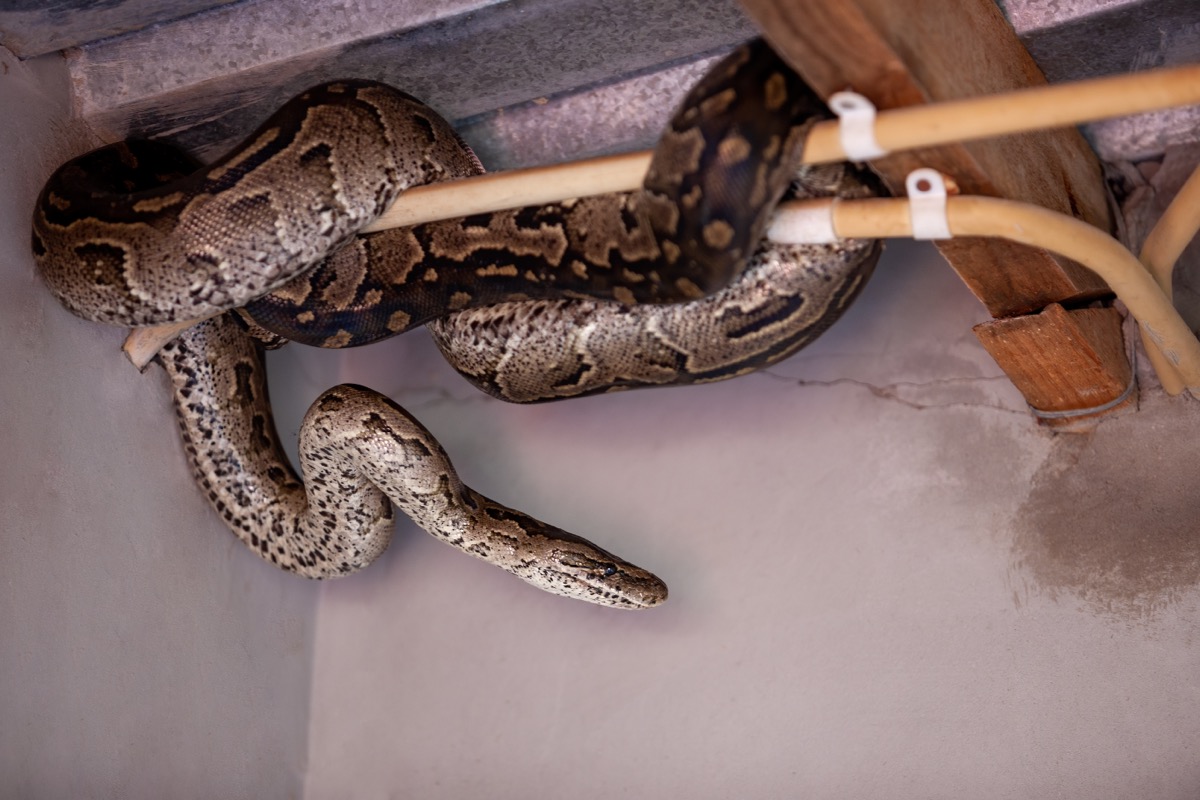
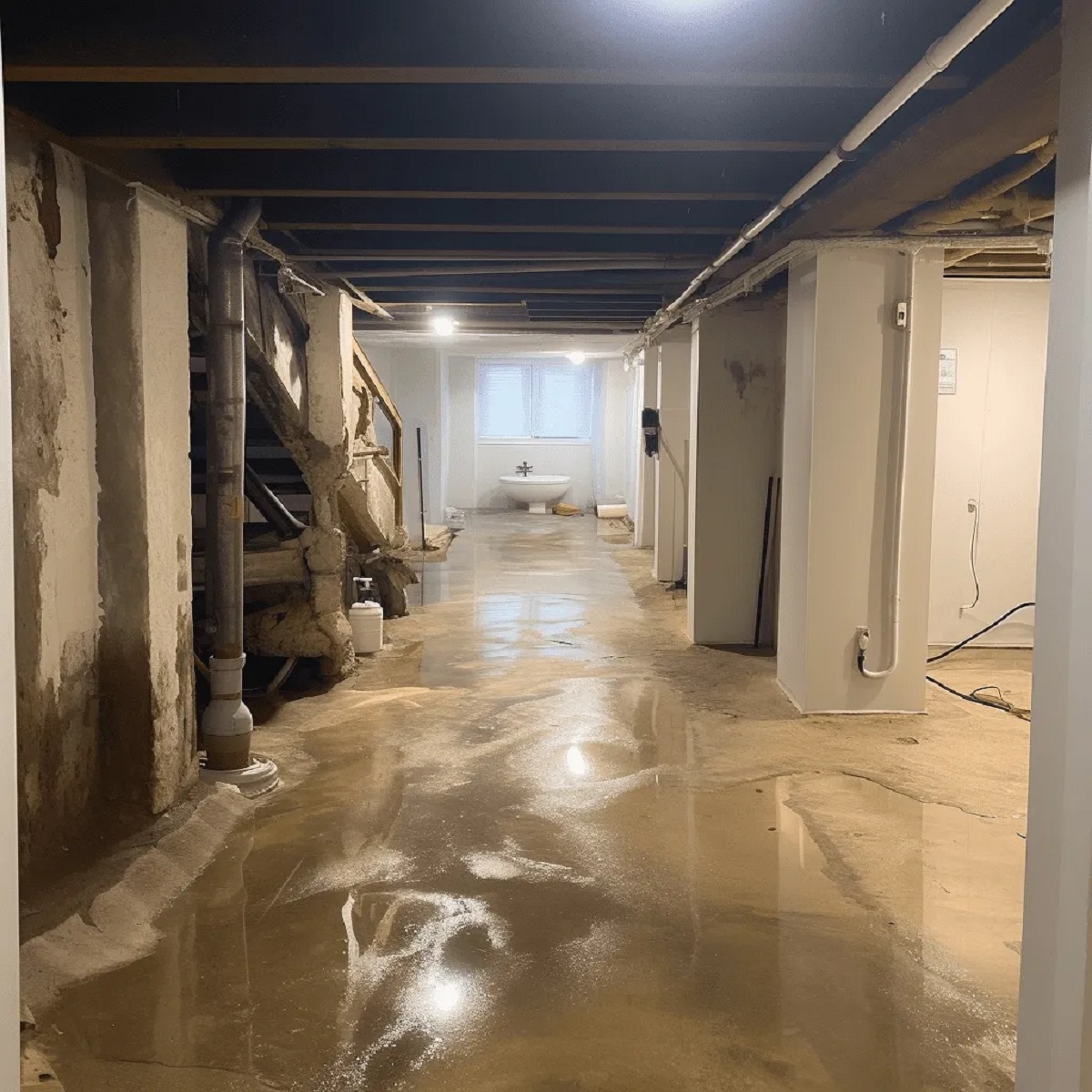
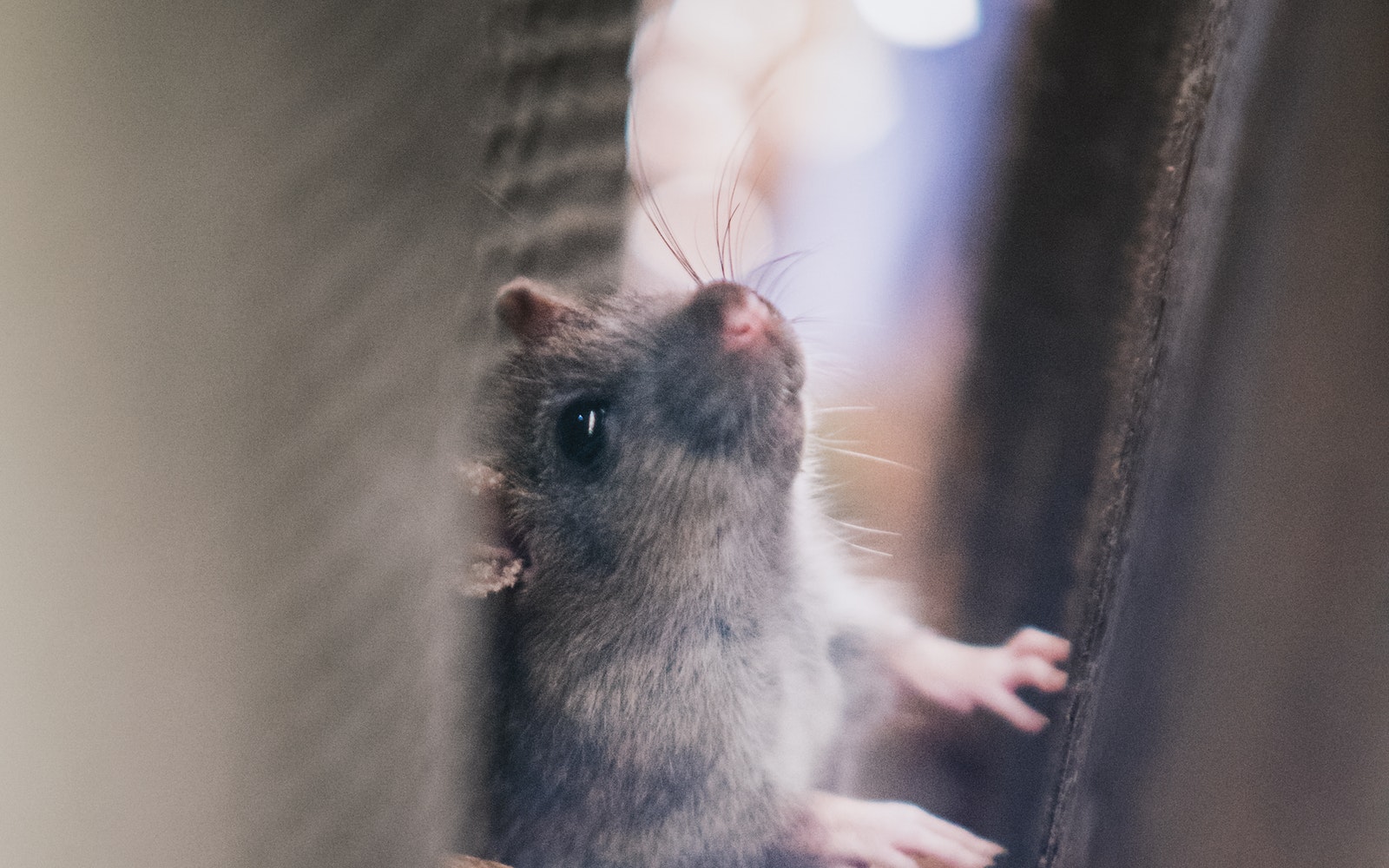

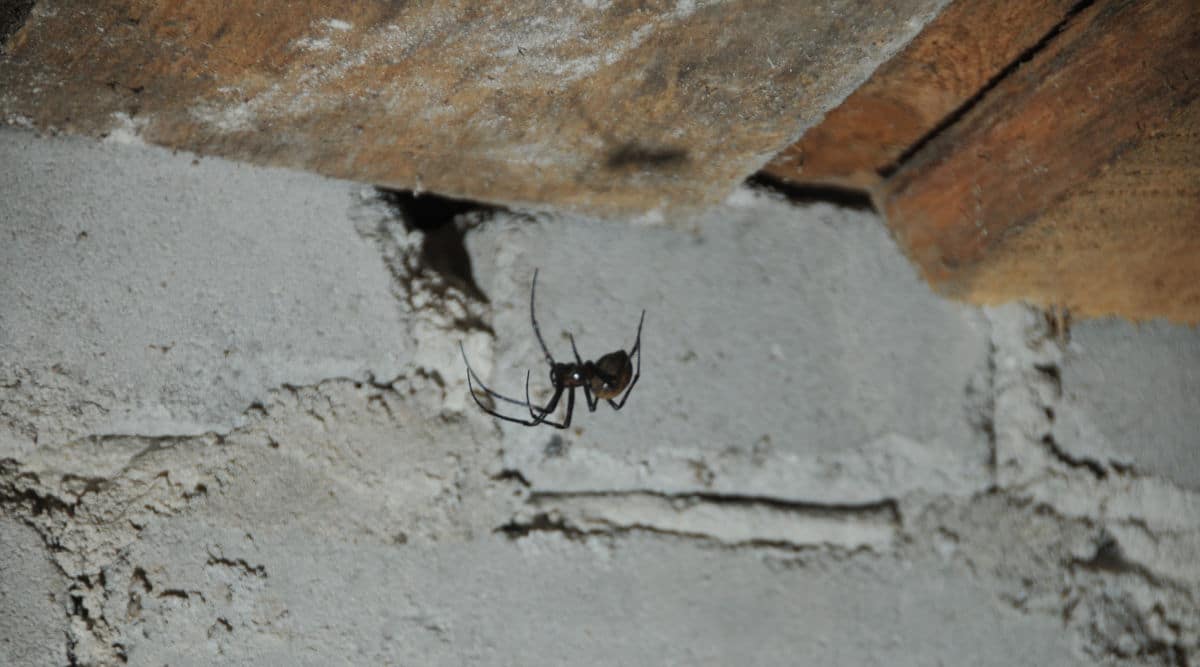
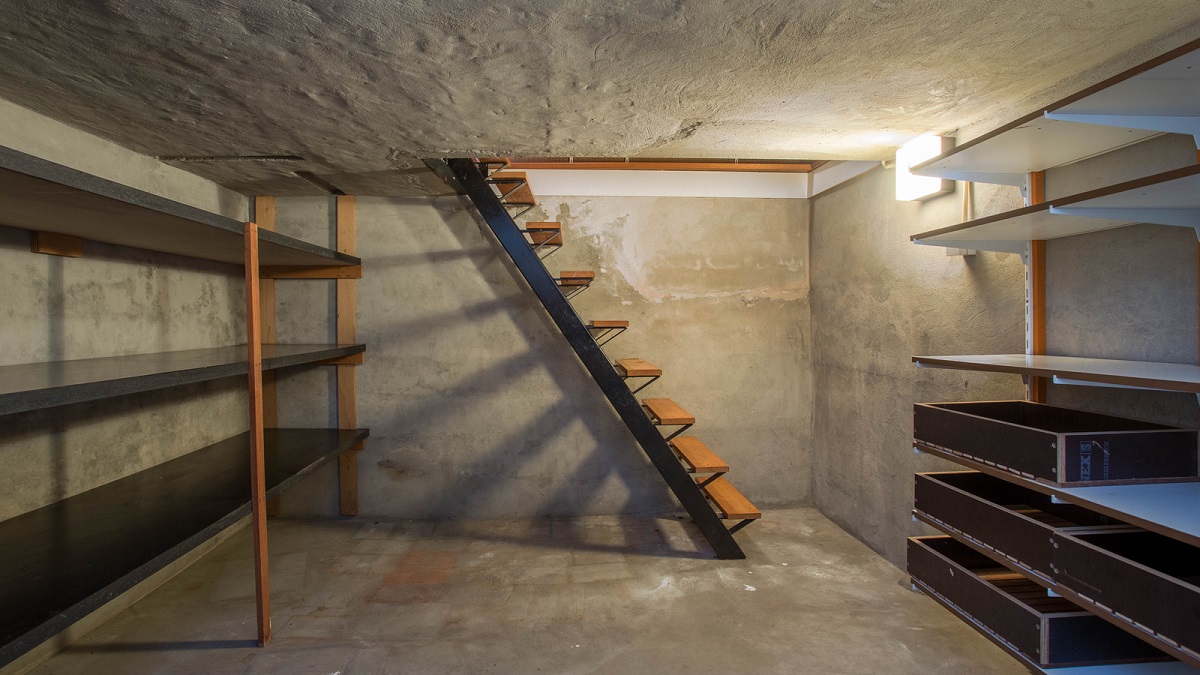

0 thoughts on “How To Get Rid Of Mice In Basement”